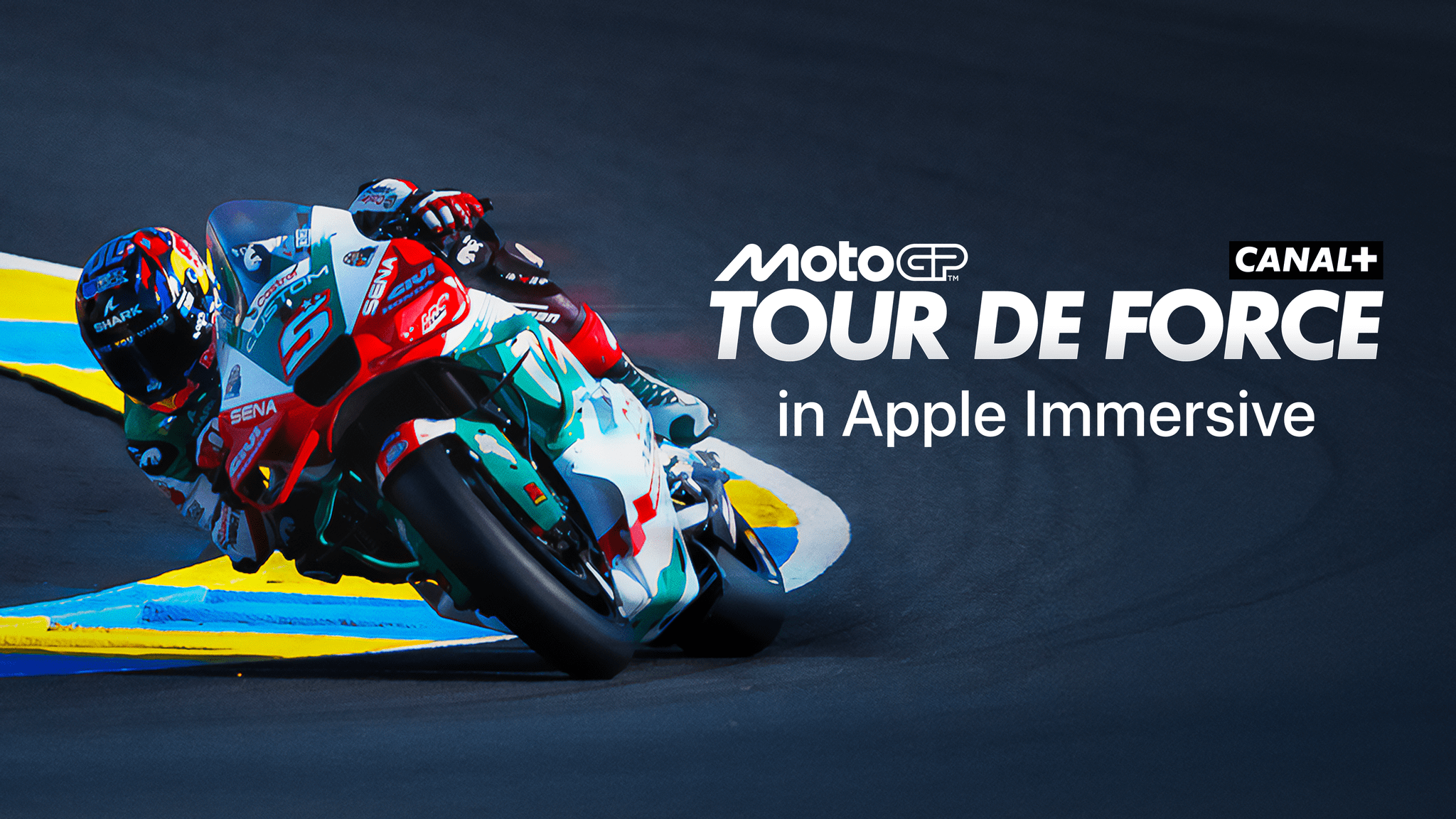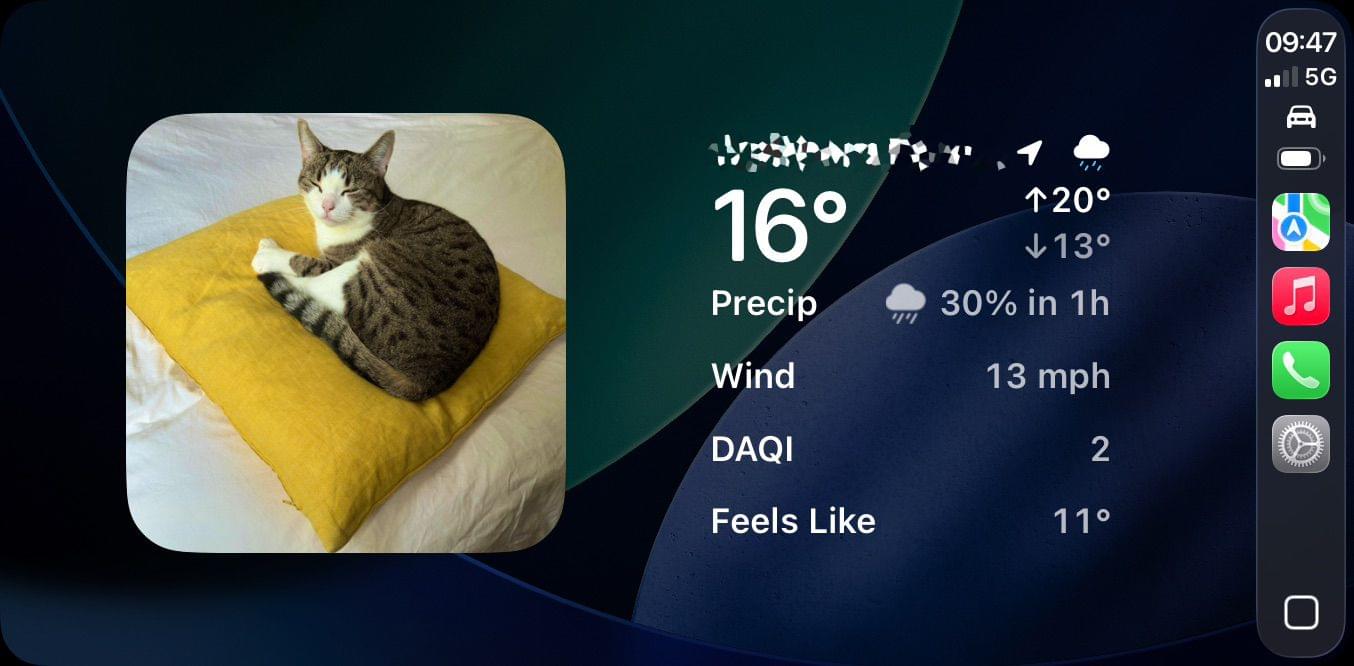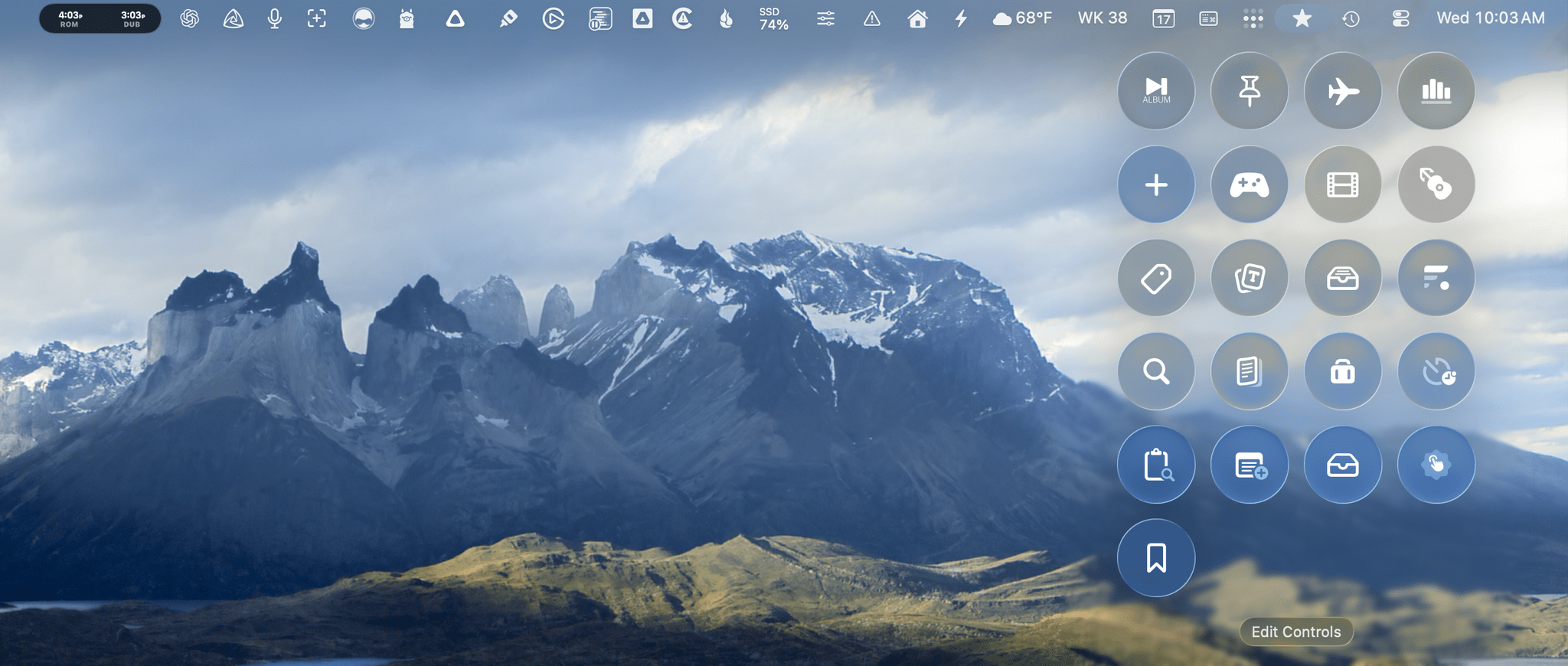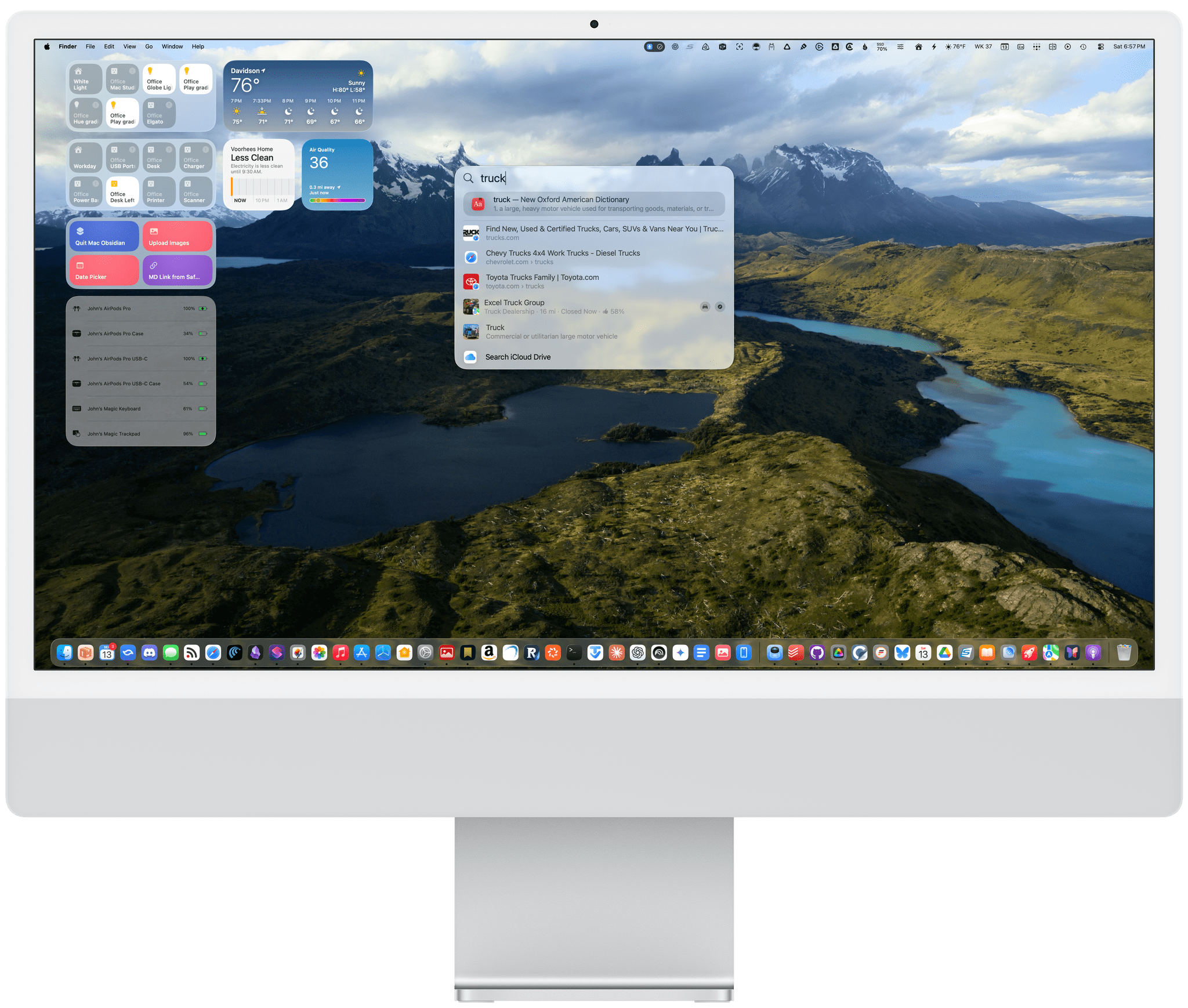Today, French entertainment company CANAL+ is releasing immersive documentary MotoGP: Tour De Force for Apple Vision Pro users. The 30-minute film follows French championship rider Johann Zarco during the French Grand Prix weekend this May, where he became the first French rider to win the race in over 70 years.
One of the first third-party partners to receive access to the technology behind Apple Immersive Video, CANAL+ captured the race and the behind-the-scenes action using four Blackmagic Design’s URSA Cine Immersive cameras on pedestals and Steadicams in combination with ambisonic microphones. The end result will be very familiar to fans of Apple Immersive Video, with its 8K resolution, 180-degree field of view, 3D, and Spatial Audio.
I got a chance to check out the film ahead of its release and found it to be thrilling and impactful. The subject is a perfect fit for Apple Immersive Video; I could hardly keep up with the motorbikes zooming by from the trackside view. But just as enjoyable was the story, where the film follows Johann Zarco through the emotional ups and downs of the weekend, culminating in the joy of victory in front of 300,000 fans.
If MotoGP: Tour De Force is an indication of what we can expect from future third-party Apple Immersive Videos (and I think it is), I’m excited. The immersive videos we’ve seen from Apple so far have taken us to far-off places to witness stories, sports, and experiences many of us would otherwise never have access to, and with the tools to make this kind of content now in the hands of many more creators, I think of the future of immersive video on Apple Vision Pro is bright.
MotoGP: Tour De Force is available to stream now on Apple Vision Pro. Users in France can stream the film in the CANAL+ app with an active subscription, while users in Australia, Canada, Hong Kong, Germany, Japan, South Korea, Singapore, Taiwan, the U.A.E, the U.K., and the U.S. can stream the film for free in the Apple TV app. Alongside the announcement of MotoGP: Tour De Force, Apple also announced its upcoming slate of immersive videos, including new episodes of ongoing series and new entries from partners like Red Bull and CNN.















